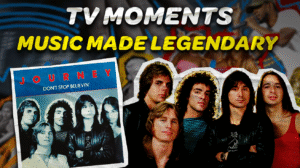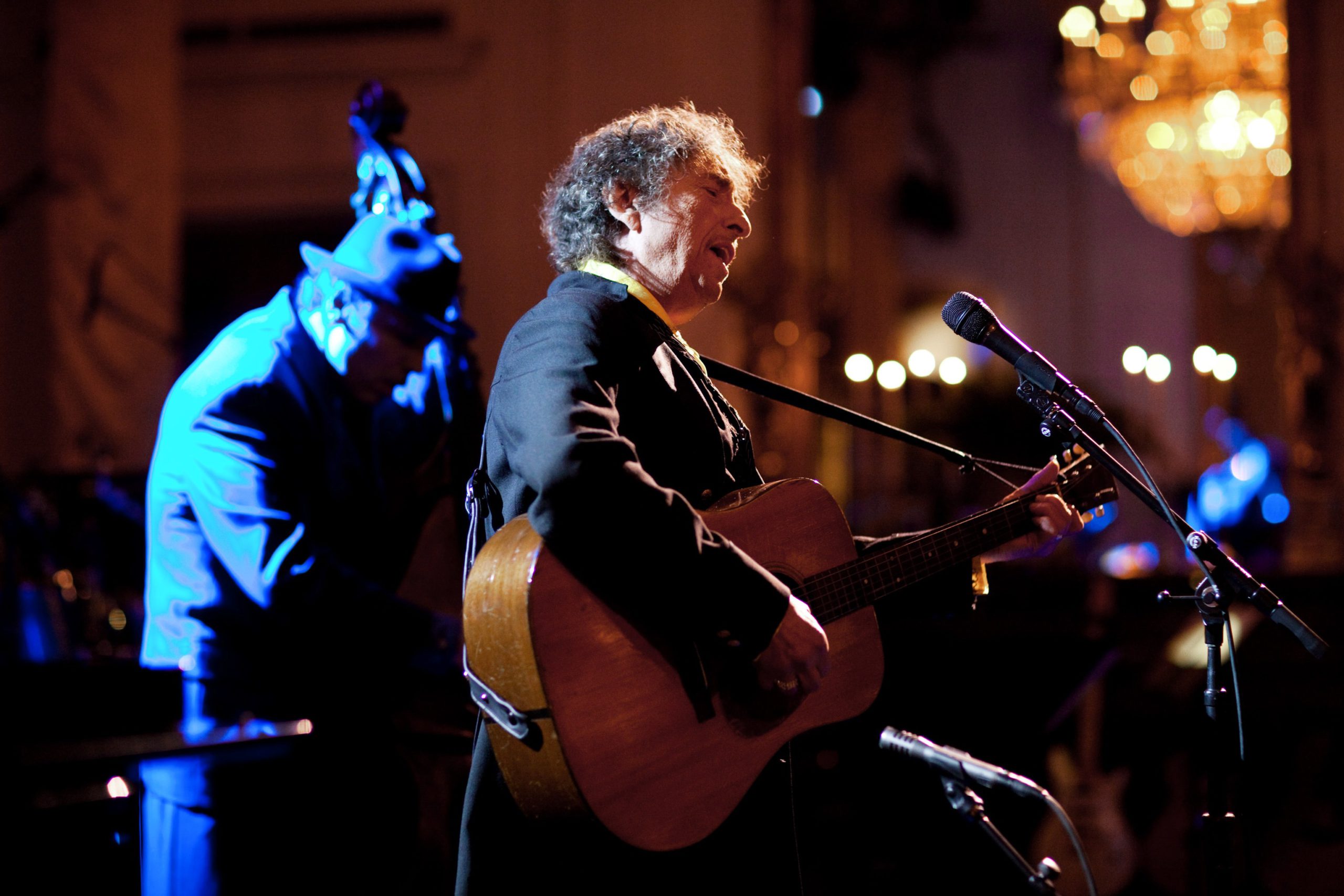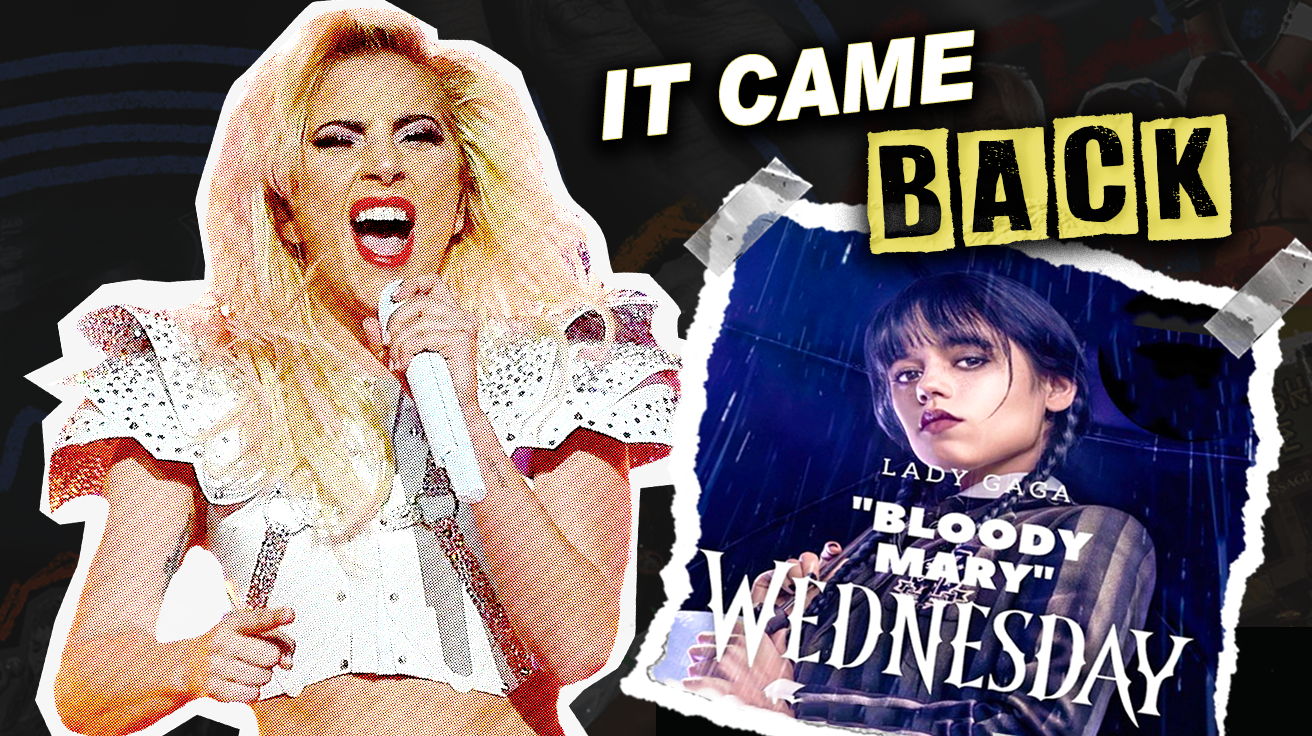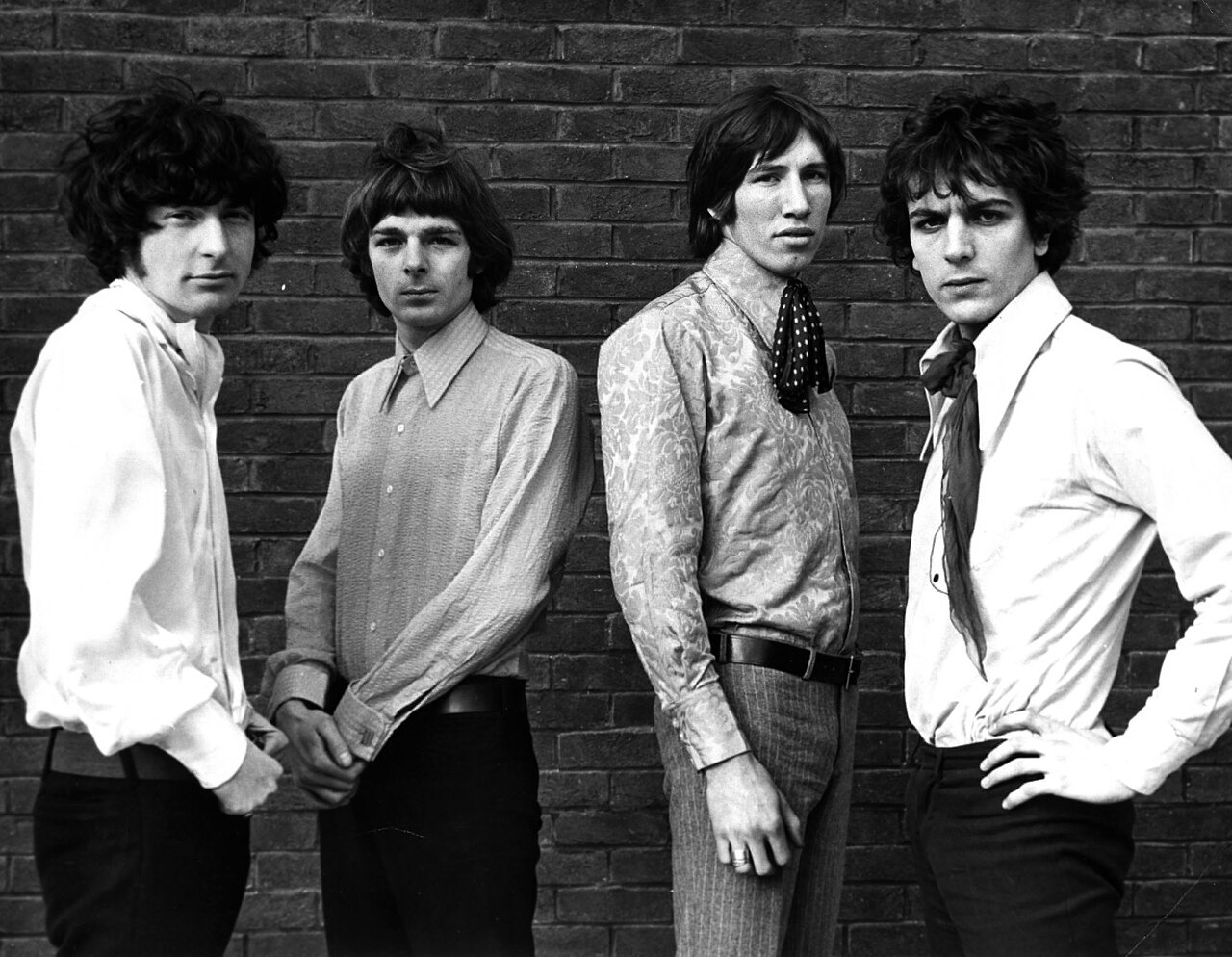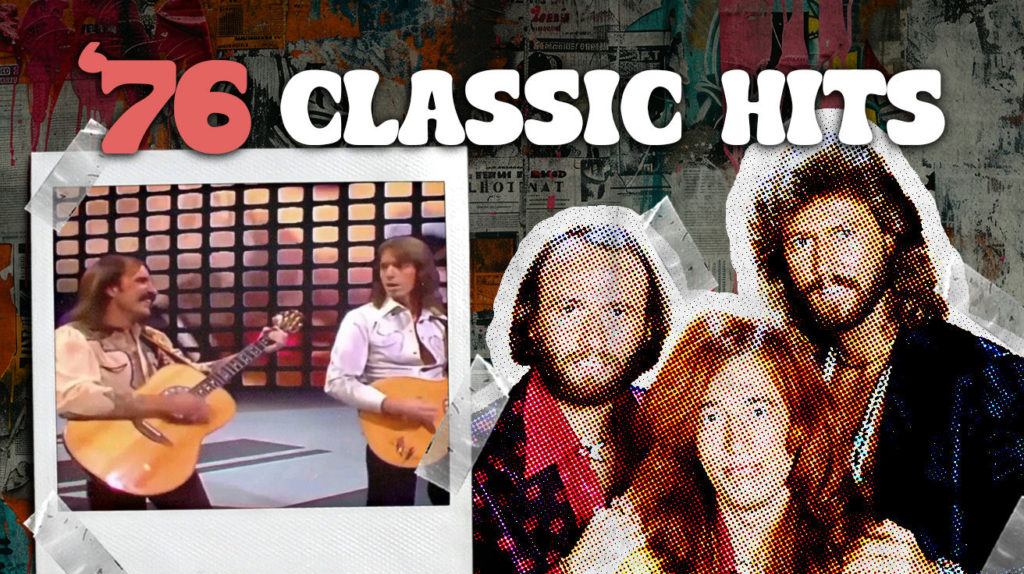
American music underwent a sonic transformation in 1976, shattering the walls between previously segregated genres. The year that marked the country’s bicentennial celebration witnessed an unprecedented fusion as disco rhythms infiltrated soul, classical melodies embraced funk basslines, and country sensibilities crashed pop radio’s exclusive party.
These seventeen songs permanently altered music’s DNA.
17. Don’t Go Breaking My Heart
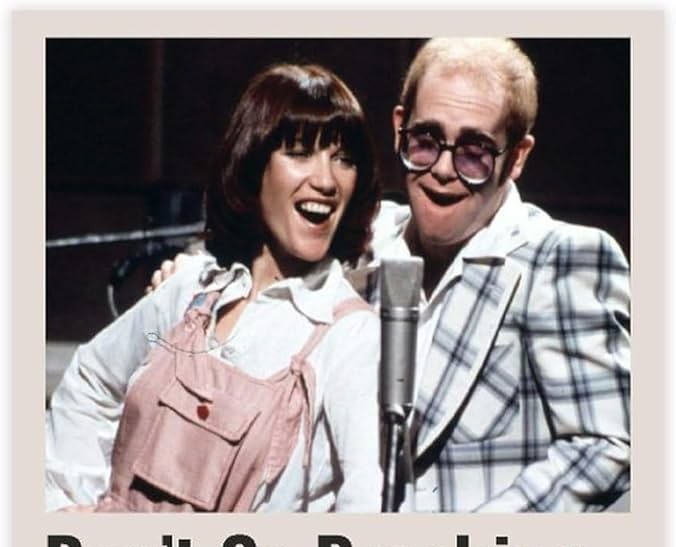
Genuine chemistry transforms ordinary duets into extraordinary hits, as Elton John and Kiki Dee proved with this June release. Written under pseudonyms, it provided creative liberation from both artists’ established personas. Their playful vocal tennis match had each verse bouncing between them like a well-choreographed dance.
The million-selling international chart-topper proved that collaboration could create something greater than its parts. Their chemistry elevated standard lyrics into something spectacular.
16. A Fifth of Beethoven

Classical purists recoiled while disco devotees rejoiced when Walter Murphy reimagined Beethoven’s most recognizable symphony through a mirror ball lens. This classically trained musician’s May release suggested that musical greatness wasn’t trapped in concert halls but could thrive under pulsing lights where people moved their bodies.
The million-selling number one hit tore down boundaries between “high” and “low” culture. Later featured in Saturday Night Fever, it perfectly captured 1976’s obsession with reinvention.
15. Magic Man
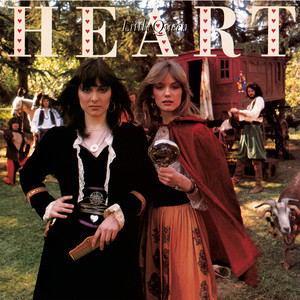
If you’re searching for the moment women seized rock’s power tools, Heart’s breakthrough smashed the boys’ club doors open. The Wilson sisters delivered this autobiographical track about Ann’s relationship with guitarist Mike Fisher, reaching number 10 on the Billboard charts. Their musical prowess challenged gender limitations in hard rock’s testosterone-fueled landscape.
The song’s 58 million modern streams show its lasting influence on generations of female rockers. Ann’s volcanic vocals and Nancy’s guitar work weren’t just impressive – they were revolutionary for female expression.
14. The Wreck of the Edmund Fitzgerald
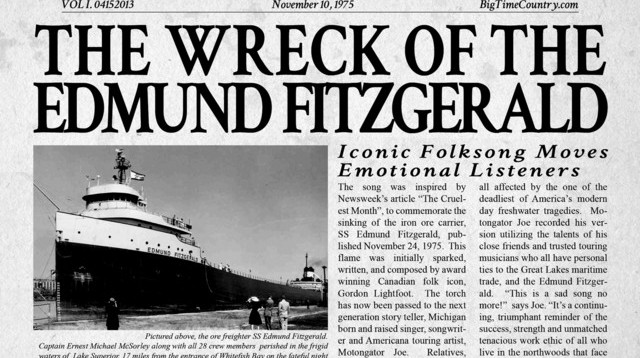
Shipwrecks rarely storm the pop charts, yet Gordon Lightfoot’s haunting ballad transformed maritime tragedy into folk storytelling immortality. His retelling of the November 1975 Lake Superior disaster that claimed 29 lives created an unlikely hit that peaked at number two on the Billboard charts. Lightfoot’s careful attention to detail – waves 10-40 feet high – gave the disaster a human dimension.
The song’s 120 million streams show how effectively it memorialized the sailors lost that night. Before this ballad, few Americans knew about this Great Lakes disaster.
13. Disco Lady
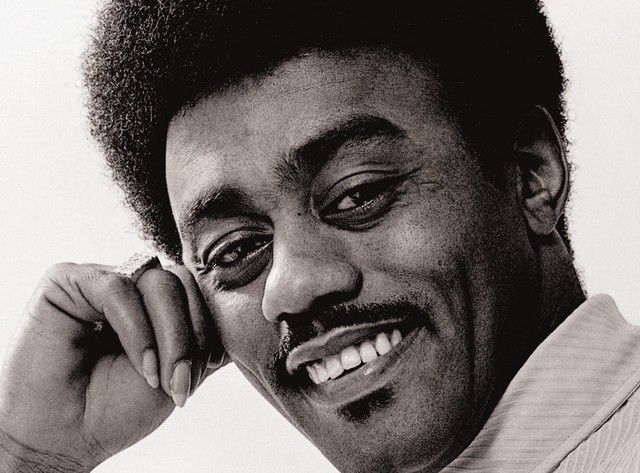
Music segregation met its match when Johnnie Taylor bulldozed the wall between soul and disco with this groundbreaking January release. Making history as the RIAA’s first platinum-certified single, it spent four weeks atop Billboard charts while selling 2.5 million copies. Taylor’s smoky vocals delivered suggestive lyrics with enough soul to satisfy purists while embracing disco’s groove.
The track played in velvet-roped disco palaces and underground soul clubs – bridging worlds that rarely mixed. It challenged racial segregation in music that major labels had carefully maintained for decades.
12. She’s Gone
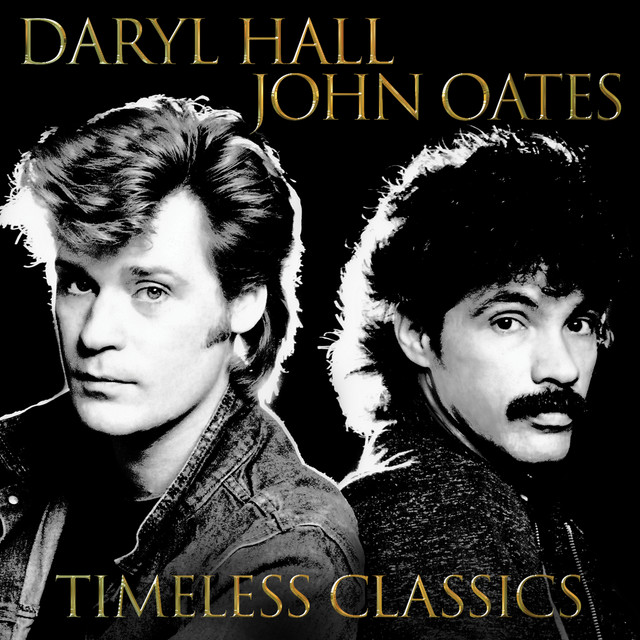
Heartbreak fuels musical genius in this emotionally raw Hall & Oates track that finally broke through to the Top 10 in 1976 as the duo refined their signature blue-eyed soul sound. Inspired by Oates’ real-life stand-up date on New Year’s Eve, it channels genuine disappointment through production that would define their emerging sound.
With 90 million streams today, its lasting power comes from emotional truth wrapped in stellar musicianship. The track established Hall & Oates as masterful songwriters who could translate personal pain into universal emotion.
11. Let Your Love Flow

When a nation needs healing, sometimes a three-minute song works better than politics. The Bellamy Brothers delivered this January release like sunshine during America’s hangover from Watergate and Vietnam. Larry E. Williams wrote this simple earworm that worked as musical Prozac for a country needing optimism.
Its three-week Billboard chart domination wasn’t luck – it was smart design. The song succeeded through its Trojan horse approach: country sounds wrapped around pop hooks that even city kids couldn’t resist.
10. If You Leave Me Now
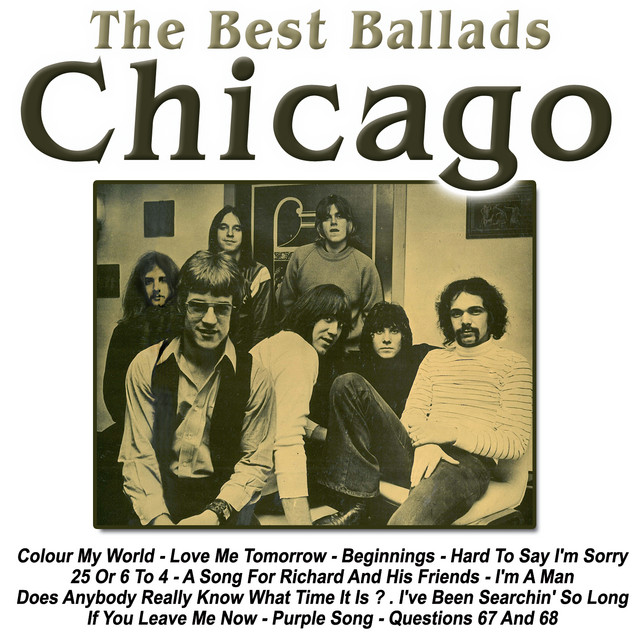
Tough-guy bands risk everything when showing their sensitive side, yet Chicago demolished expectations with this vulnerable departure from their horn-driven rock sound. The acoustic guitar-centered ballad topped Billboard charts and won Grammy awards, proving bands could evolve within their established identity.
With over 302 million streams, the track’s lush string arrangements connected with listeners seeking vulnerability amid mid-70s machismo.
9. Fly, Robin, Fly

Language barriers melt away on the dance floor, as Silver Convention proved with just three words repeated over infectious rhythms. This German export showed that lyrics were optional in disco.
The song’s journey from obscurity to hit drove international success, moving over a million copies and securing a Grammy. This wasn’t just dance music; it was cultural exchange disguised as party fuel.
8. Afternoon Delight

Family radio stations accidentally played bedroom music when The Starland Vocal Band wrapped adult content in family-friendly packaging. Released in May, their Grammy-winning hit used folk-adjacent harmonies and wholesome production to sneak suggestive lyrics past radio censors.
Selling over a million copies and topping Billboard’s charts, it became one of the most popular songs from 1976, showing how mainstream America was cautiously exploring sexuality, keeping appearances clean while testing boundaries.
7. Love So Right
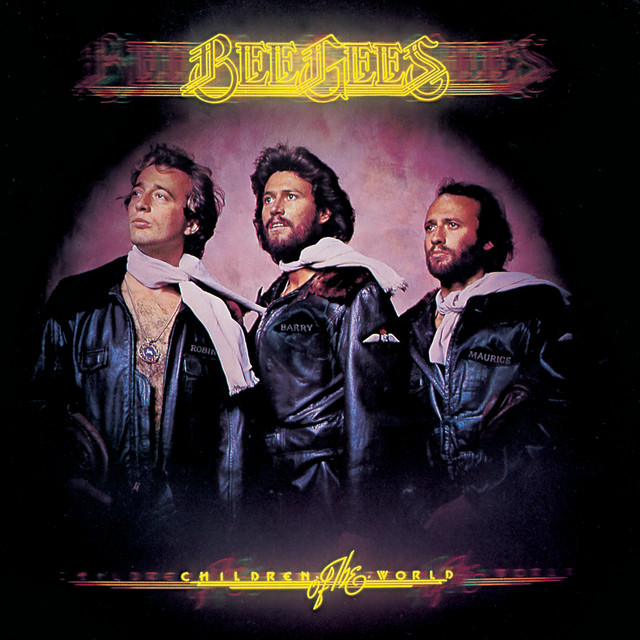
The falsetto that spawned a million slow dances emerged when the Bee Gees showed their versatility with this masterclass in vocal harmony. Featured on “Children of the World,” this September release showcased Barry Gibb’s distinctive falsetto and the brothers’ melodic gifts. Peaking at number three on Billboard, it represented their evolving sound before Saturday Night Fever defined them forever.
With over 300 million streams today, this softer counterpoint to their disco anthems shows their remarkable range. The track bridges their earlier folk-pop identity and their coming dance floor dominance.
6. Play That Funky Music
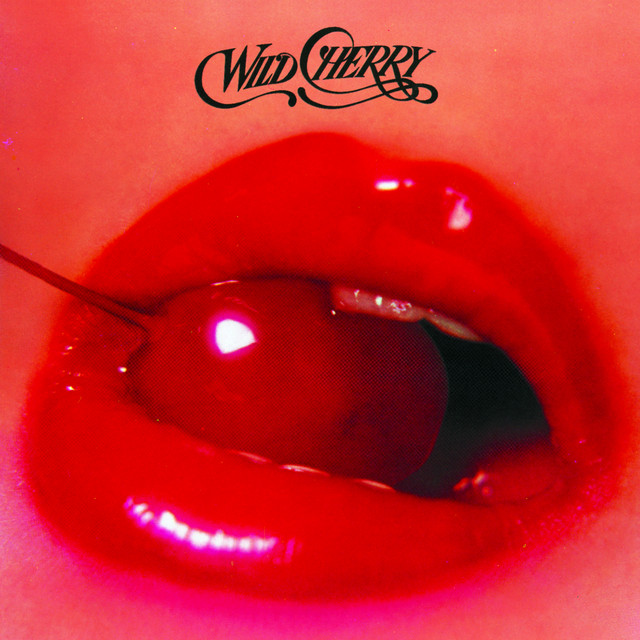
Empty dance floors force tough choices, as Wild Cherry learned when club audiences demanded danceable material. This rock band reluctantly embraced funk elements and accidentally created their signature hit. Their identity crisis became America’s gain with this genre-blending confession that captured music’s evolution as rock competed with disco’s rise.
The autobiographical lyrics describe their transformation, selling over 2 million copies while hitting number one. Their story mirrors countless bands who survived the mid-70s by adapting rather than resisting.
5. Disco Duck

Comedy conquers charts when novelty meets perfect timing. DJ Rick Dees quacked his way to number one with this feathered phenomenon that both celebrated and mocked disco’s mainstream explosion. Released in August 1976, like these forgotten one hit wonders, it showed how deeply disco had penetrated American culture – even rural radio stations embraced its ridiculous charm.
The song sold 4 million copies, proving music doesn’t need seriousness to matter; it only needs dance floors with people flapping arms to its infectious beat.
4. Kiss and Say Goodbye
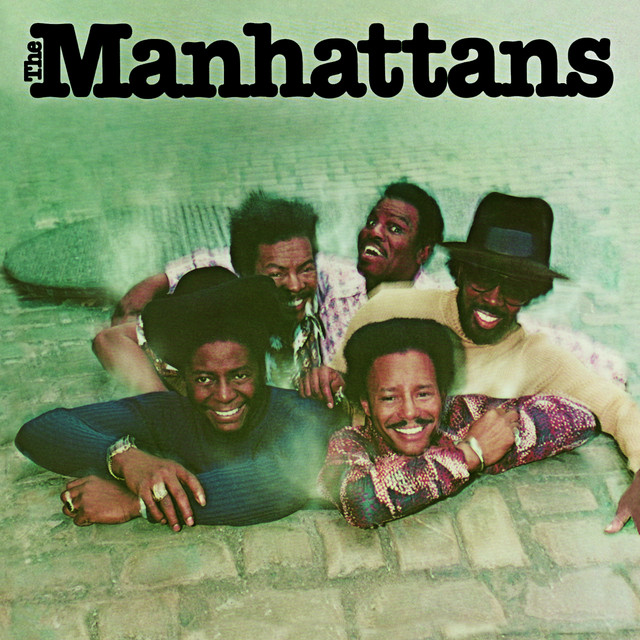
Breaking up becomes art in The Manhattans’ emotional powerhouse disguised as a love ballad. Written by group member Winfred “Blue” Lovett, this March release combined spoken-word vulnerability with soaring vocals that captured the pain of necessary endings.
The platinum-selling track innovated through its structure, opening with a spoken confession before blooming into soulful harmonies. Topping Billboard’s Hot 100, it became the soundtrack to countless relationship endings.
3. Muskrat Love

Animals find romance, too, in Captain & Tennille’s quirky and polarizing anthem. This love story about romantically involved rodents reached number four on the Billboard charts. Originally recorded by America under a different title, it gained unexpected prominence when performed at a White House dinner.
With 8 million modern streams, its staying power shows pop music’s unpredictability. Critics hated it while audiences embraced its weird charm. The song exemplifies 1976’s willingness to try anything – or reveals what happens when chart success lets artists indulge their strangest ideas.
2. Silly Love Songs
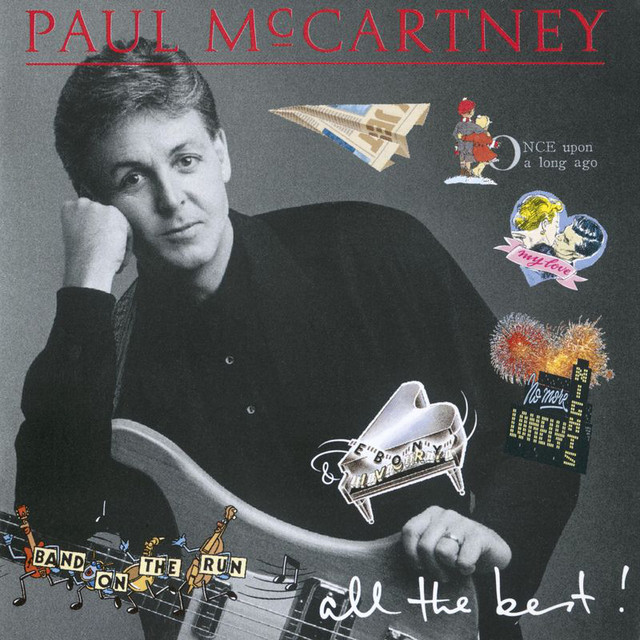
Critics mock what fans treasure, prompting Paul McCartney to weaponize sincerity with this April release that worked as both a hit song and a brilliant response. Tired of being dismissed for writing love songs, he created this self-aware gem questioning why emotional authenticity deserved ridicule.
Wings delivered a million-selling chart-topper that paired an irresistible melody with meta-commentary long before meta became standard. McCartney understood what critics forgot – people need love songs like oxygen.
1. Rockin’ Me
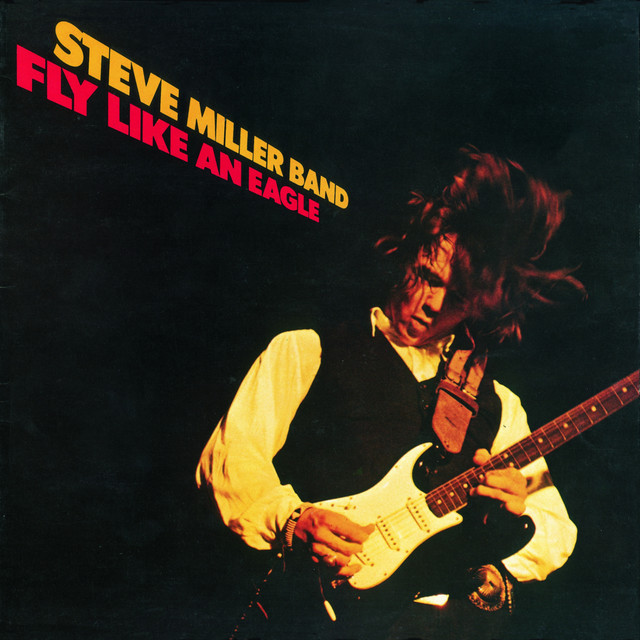
Simple rock delivers when trends complicate everything, as Steve Miller proved with this straightforward anthem about a touring musician reassuring his partner. Released while rock faced an identity crisis against disco’s rise, it topped Billboard charts by sticking to basics: catchy hooks, relatable lyrics, and guitar-driven energy without pretension.
With 77 million streams, its appeal comes from its directness – not a wasted note or unnecessary flourish anywhere. Miller’s nod to Free’s “All Right Now” acknowledged rock’s continuity while maintaining his voice.




